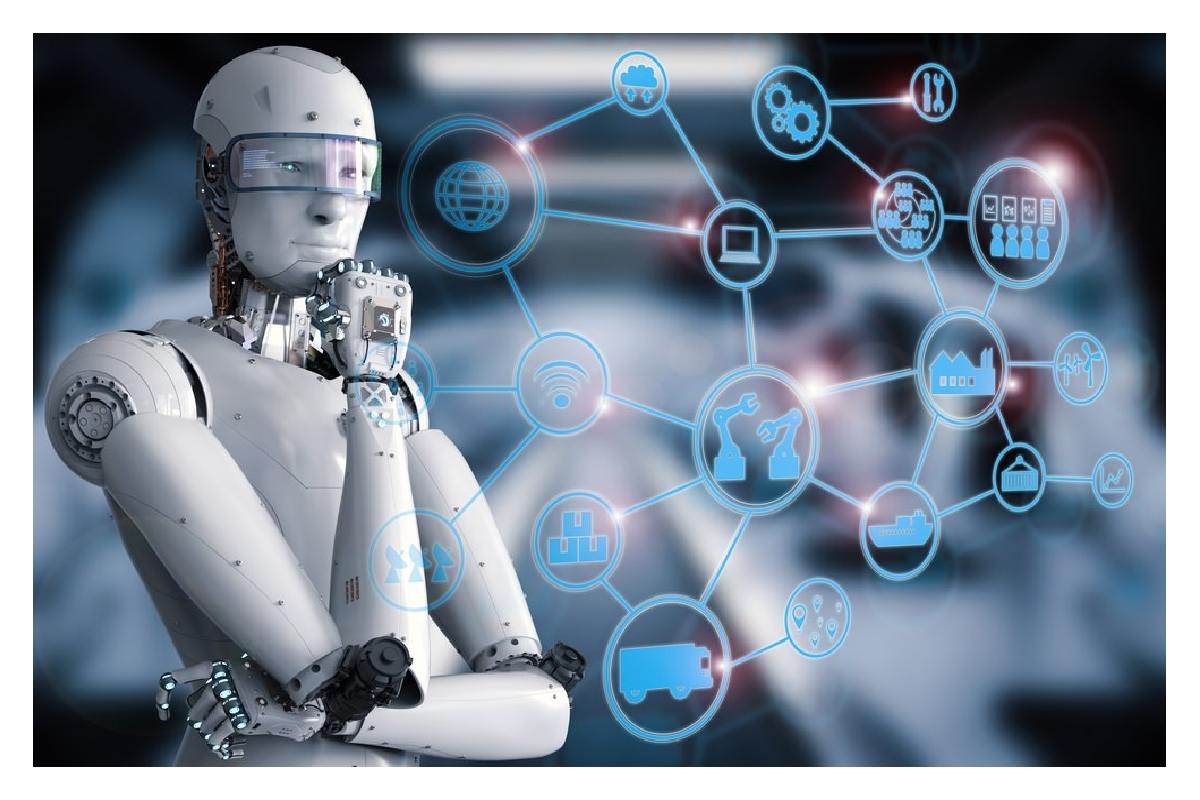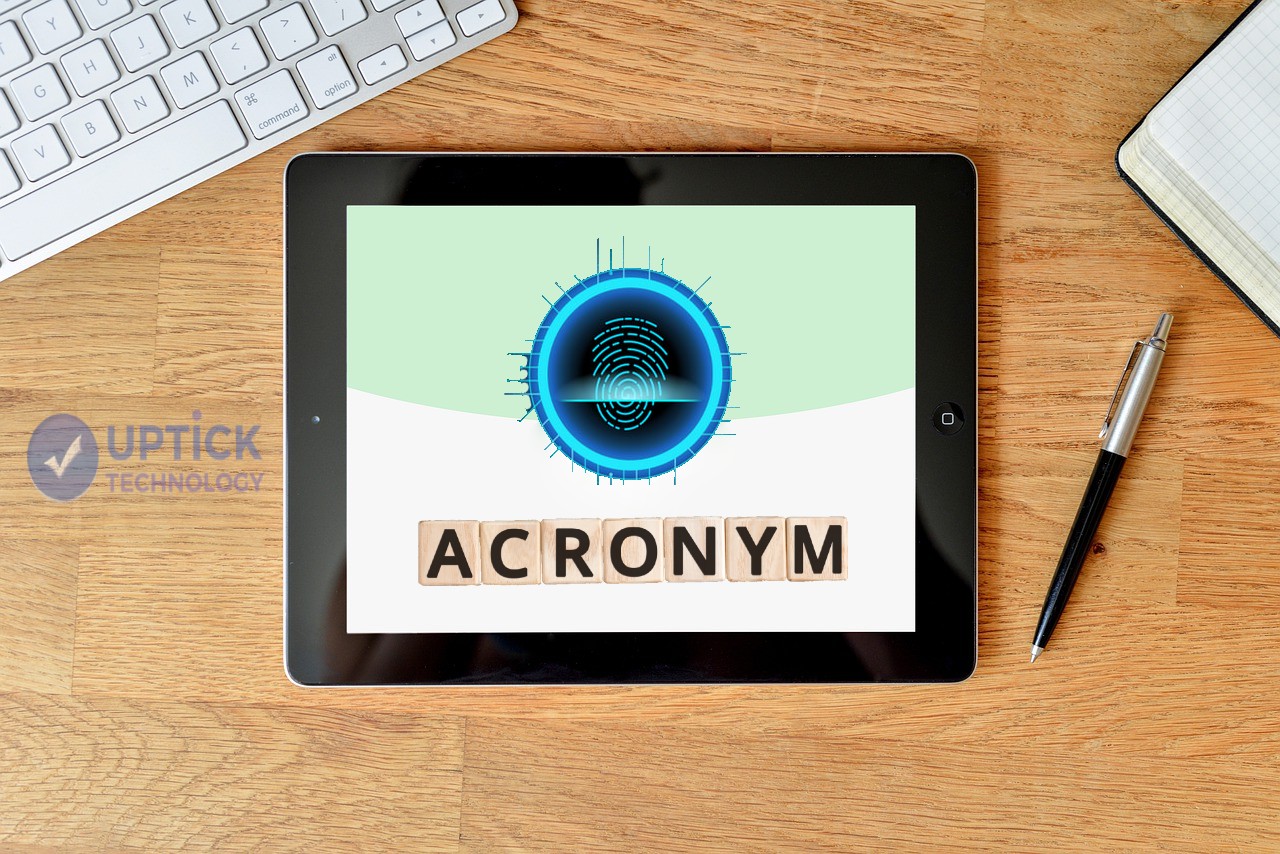CNC machining is a term that is widely used in manufacturing and industrial applications. What exactly does the acronym CNC stand for and what is a CNC machine?
The term CNC stands for Computer Numerical Control. The definition of CNC machining is that it is a subtractive manufacturing process that generally uses computer-controlled controls and machine tools to remove layers of material from a bearing part is known as a Blank or workpiece refers to. And produces a bespoke piece. This process is suitable for various materials, including metals, plastics, wood, glass, foam, and composites. It uses various industries, such as B. large-scale CNC machining and CNC machining of aerospace parts. Please note that there is a difference between the process and the machine. The definition of a CNC machine is that it represents the actual programmable machine that is capable of performing CNC machining operations autonomously.
Subtractive manufacturing processes, such as CNC machining, are often presented in contrast to additive manufacturing processes, such as 3D printing, or formative manufacturing processes, such as liquid injection molding. While subtractive processes remove layers of material from the workpiece to create custom shapes and designs, additive processes join layers of material to create the desired shape. Formative processes deform and shift the source material to the desired shape. The automation of CNC machining allows the production of precise and straightforward parts of high precision and profitability in executing specific and medium production series. While CNC machining has certain advantages over other manufacturing methods, the complexity and complexity that can achieve in part design and the cost-effectiveness of manufacturing complex parts are limited.
While each type of manufacturing process has its advantages and disadvantages, this article will focus on the CNC machining process, outlining the basics of the process and the various components and tools of the CNC machine (sometimes incorrectly referred to as C and C machine) becomes. Additionally, this article explains various CNC mechanical machining operations and introduces alternatives to the CNC machining process.
Also Read: Sustainability: Definition and Why Is It Important with Practical Recommendations
Table of Contents
Overview of the CNC Machining Process
As a further development of the machining process for numerical control (NC), in which punched tape cards used, CNC machining is a manufacturing process in which the machine and cutting tools operates and manipulated using computerized controls in order to process materials such as metal, plastic or wood mold, foam, composite, etc. in custom parts and designs. While the CNC machining process offers different skills and operations, the process’s basic principles remain largely the same in all areas. With the advancements of CNC machines comes more rapid production with greater capabilities. From this catalyst, it is more important than ever before to utilize cost estimation to deliver projects at scale, with cost efficiencies. The necessary process of CNC machining involves the following steps:
- CAD Model Design
- Converting the CAD File into a CNC Program
- Preparation of the CNC Machine
- Execution of the Machining Process
CAD Model Design
The CNC machining process begins with creating a 3D full part or 2D vector CAD design, either in-house or by a CAD / CAM design service provider. Computer-Aided Design (CAD) software enables designers and manufacturers to create a model or rendering of their parts and products along with the technical specifications, such as dimensions and geometry, required to manufacture the part or product.
CNC machined part designs limited by the capabilities (or disabilities) of the CNC machine and tools. For example, most CNC machine tools are cylindrical, so the possible geometries of parts during the CNC machining process are limited as they create curved corner portions. In addition, the properties of the material to process, the design of the tools, and the clamping capabilities of the machine further limit the design options, B. Minimum part thickness, maximum part size, and inclusion and complexity of cavities and internal properties.
After the CAD design is complete, the designer exports it to a CNC-compatible file format such as STEP or IGES.
Converting the CAD File into a CNC Program
The formatted CAD design file goes through a program, usually computer-aided manufacturing (CAM) software, to extract the part’s geometry and generates the digital program code that controls the CNC machine and manipulates the tool to produce the custom part.
CNC machines used various programming languages, including G-code and M-code. The most popular of the CNC programming languages, the general or geometric code known as G-code, controls when, where, and how machine tools move, p. Eg B. when they should turned on or off, how fast they drive to a specific location, what routes to take, etc. through the workpiece. Miscellaneous The function code, called M code, controls the machine’s auxiliary functions, e.g., Automating the machine lid’s removal and replacement at the start and end of production.
Once the CNC program generated, the operator loads it into the CNC machine.
Preparation of the CNC Machine
Before the operator executes the CNC program, he must prepare the CNC machine for operation. These preparations include attaching the workpiece directly to the machine, the machine spindles or to machine presses or similar work clamping devices, and attaching the necessary tools such as drills and burrs to the corresponding components machine.
Once the machine fully configured, the operator can run the CNC program.
Execution of the Machining Process
The CNC program serves as a guide for the CNC machine. Sends machine commands that determine the tools’ actions and movements to the machine’s built-in computer, which operates and manipulates the machine tools. Starting the program causes the CNC machine to start the CNC machining process. The program guides the machine through the entire process while performing the necessary machine operations to make a custom part or product.
CNC machining processes can carried out in-house, if the company invests in acquiring and maintaining its own CNC devices or outsourced to dedicated CNC machining service providers.
Also Read: What is Multi-Access Edge Computing (MEC)
Types of CNC Machining Operations
CNC machine is a manufacturing process that is suitable for a wide variety of industries, including automotive, aerospace, construction project, and agriculture and is capable of manufacturing a wide variety of products such as car carriers, surgical equipment, aircraft engines, and hand tools, as well as the Garden manufacture. The process involves a variety of computer-controlled machining operations, including mechanical, chemical, electrical, and thermal processes that remove the material required to make a custom part or product from the workpiece. While chemical, electrical, and thermal machining processes covered in a later section, this section explains some of the most common CNC mechanical machining operations, including:
- CNC Drilling
- CNC Milling
- Turning
- CNC Metal Spinning
- CNC Lathe Operator Training
Other mechanical CNC machining operations include:
- Broaching
- Sawing
- Grinding
- Honing
- Lapping









